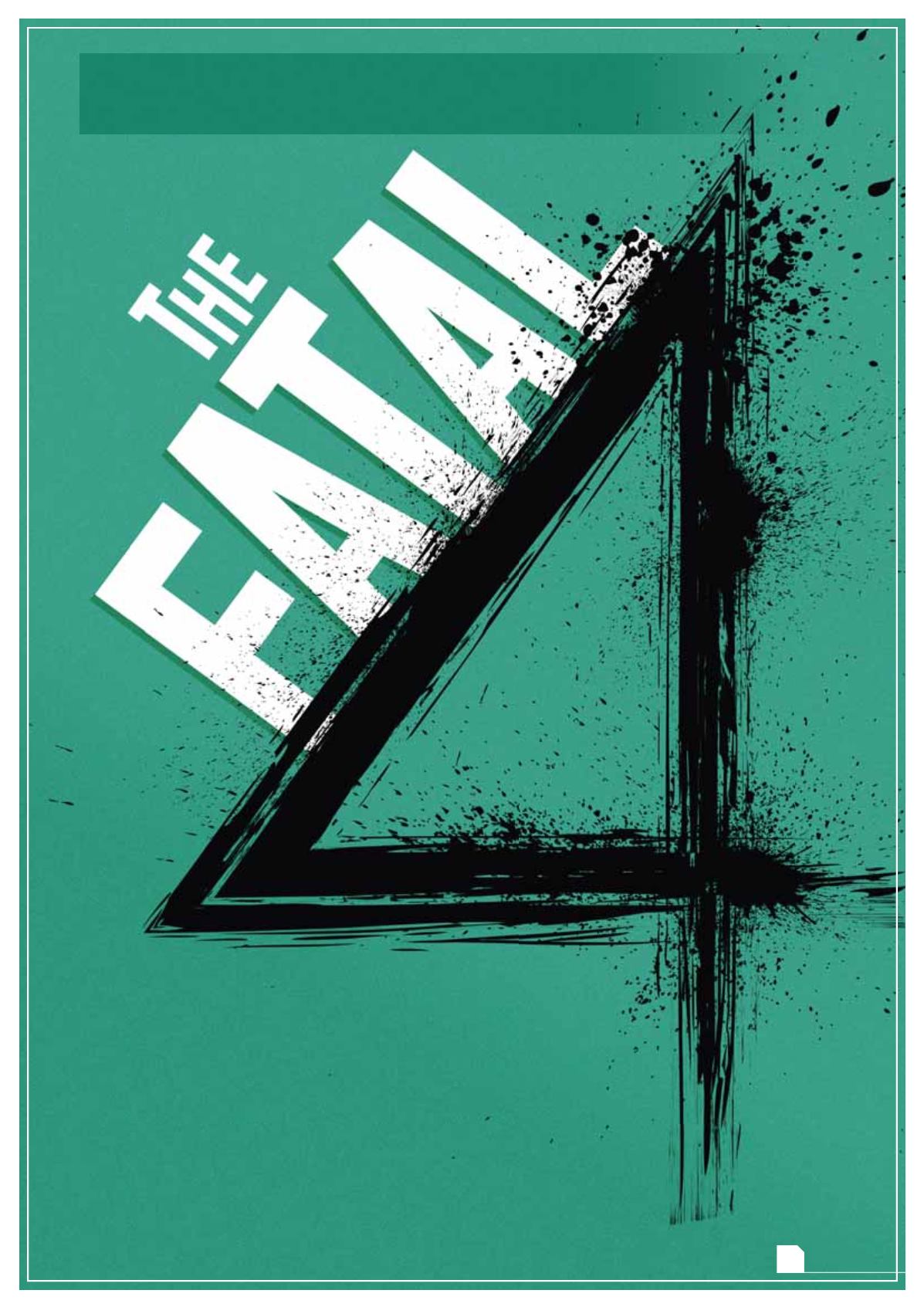
March
2017
113
HYDROCARBON
ENGINEERING
T
he ‘fatal four’ of all incidents on construction sites made up 58% of all fatalities in
2014. The fatal four includes: falls, being caught between objects, electrocutions
and being struck by an object. By eliminating these incidents, it is estimated that
approximately 508 worker’s lives would be saved each year in the US alone. It is
also estimated that the annual costs of construction fatalities are US$4 billion.
1
Although
less reported, occupational injuries and illnesses are much higher in number and they cost
companies an estimated US$170 billion a year.
2
It is no surprise that 90% of business executives report that workplace safety has a
positive impact on the company’s financial performance. When you consider the risks
associated with working in volatile industrial environments, the stakes can be even higher.
Historically, many of the injuries and fatalities caused by explosions in chemical plants
and refineries happened in and around substandard buildings. For this reason, in the
mid-1990s, the American Petroleum Institute (API) published Recommend Practice (RP) 752
as a means of protecting personnel in the event of a blast or explosion.
Blast rated modules are often the last line of defense for those working
in blast zones.
Gert Lessing, Hallwood Modular Buildings, USA,
outlines
important safety considerations when selecting a module.








